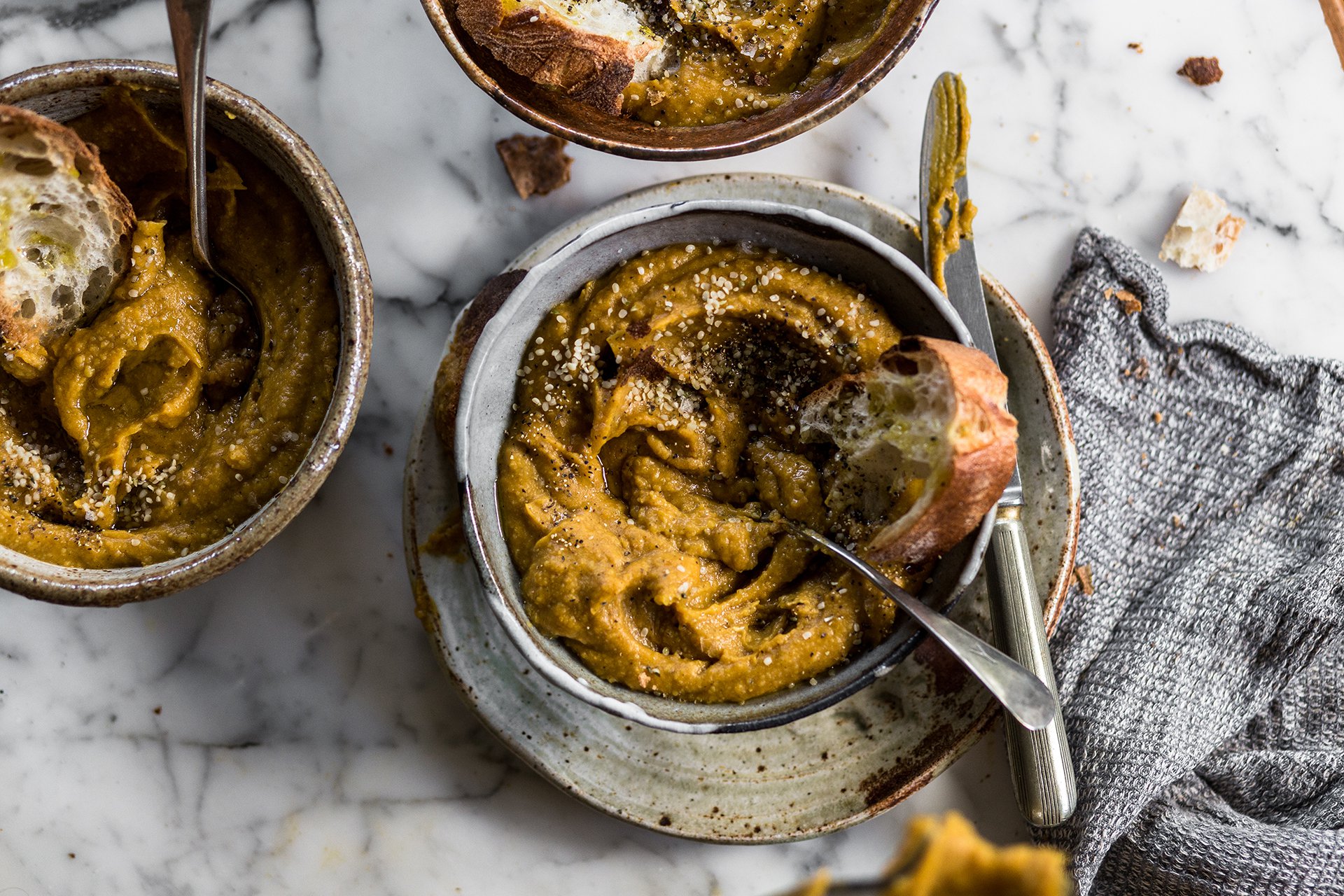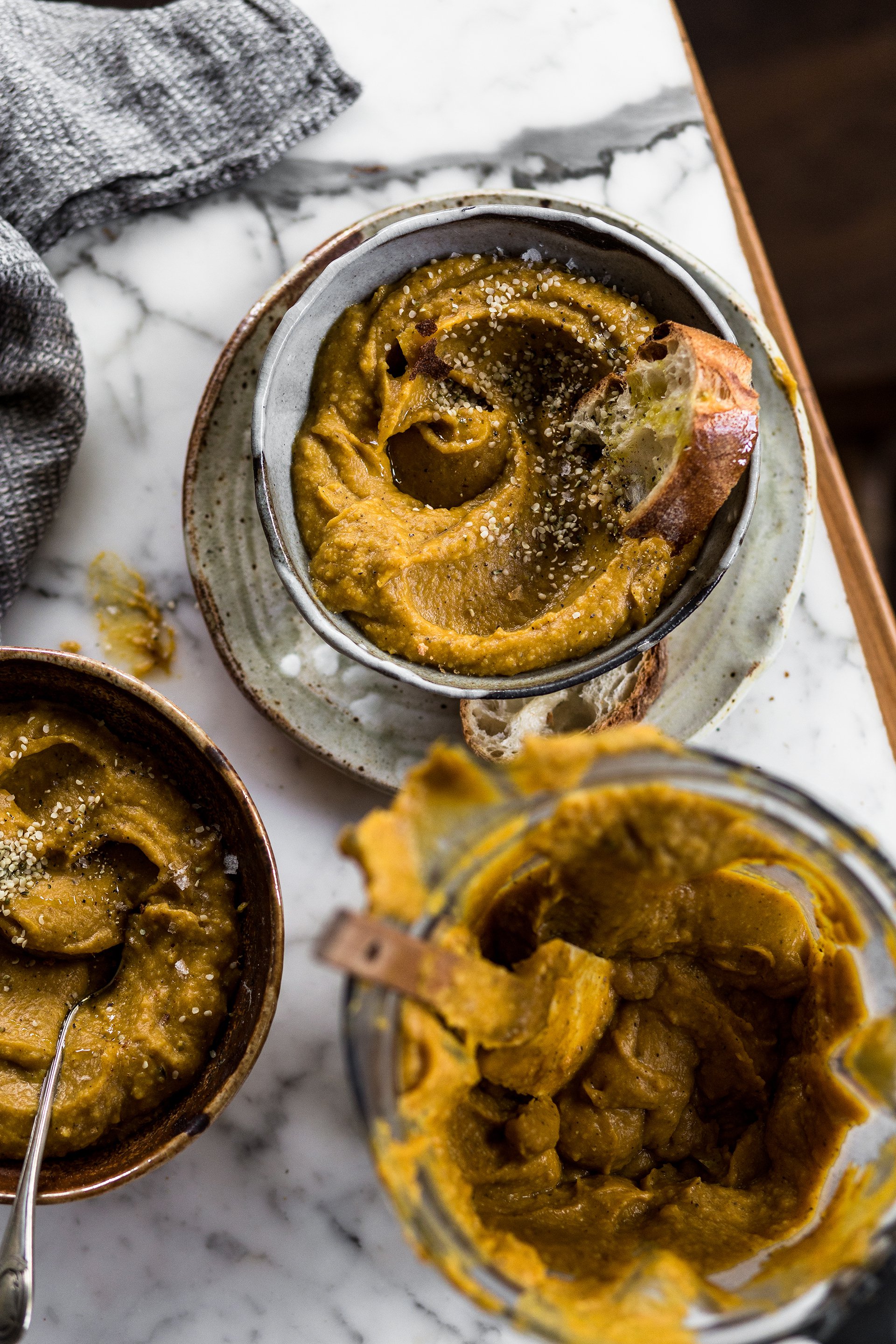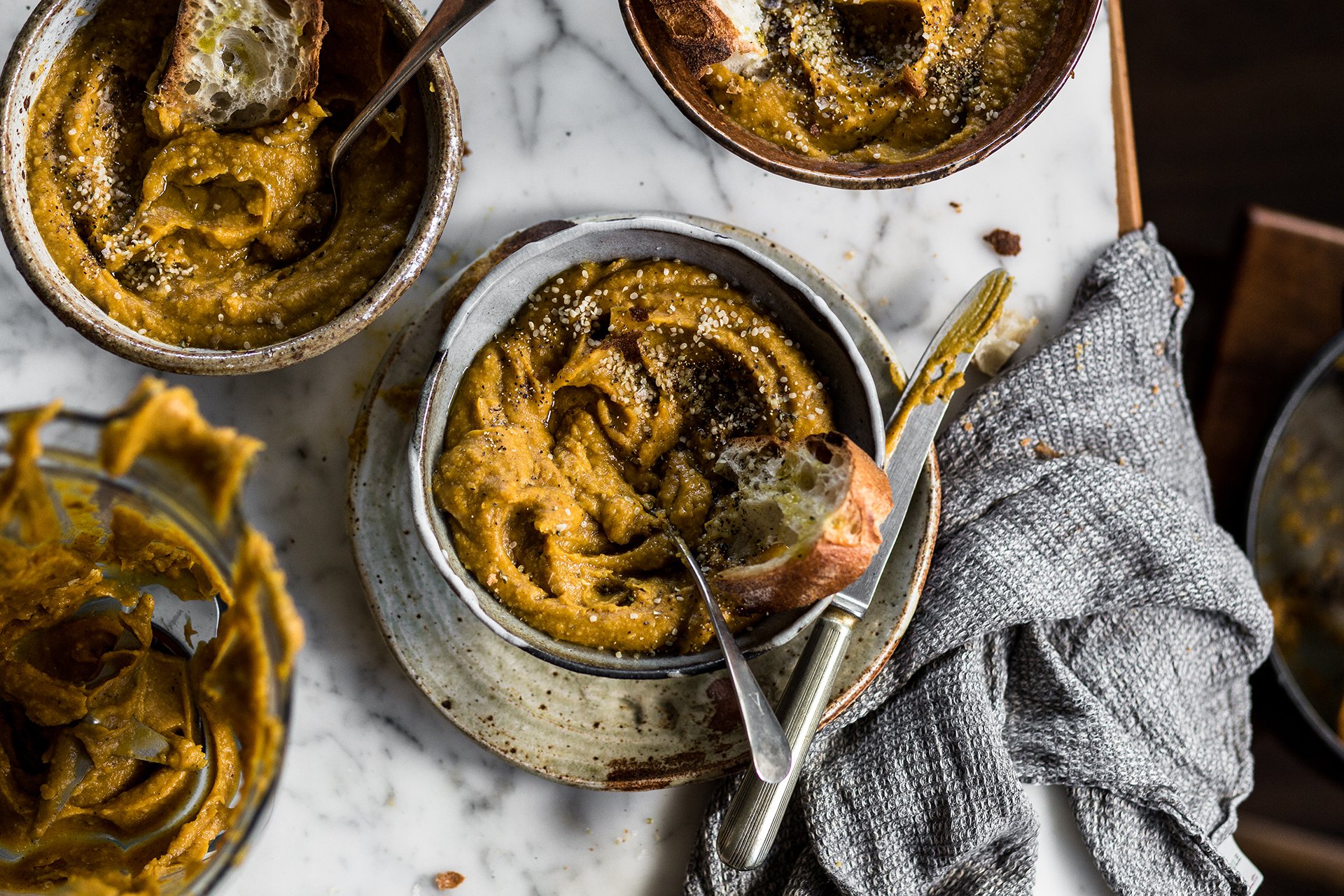Consumer culture and disposability
There is a growing sense that industry must transition from a linear economy to a circular one. A circular economy is a model in which resources are kept in use for as long as possible; maximum value is extracted from them, while materials and energy are recovered or recycled as much as possible at the end of any product’s life. This is a seismic shift in thinking and yet just over a century ago, “disposable” referred to low-cost products such as razors and paper napkins, the later of which millennials are killing. Our current attitudes, throwaway culture was manufactured and “planned obsolescence” was first introduced in 1932 by the American economist Bernard London who proposed consumer goods have an official lifespan, enforced by government. “After the allotted time had expired, these things would be legally ‘dead,’”. And there you have the 12 month warranty; it does not respect product lifecycle, craftsmanship, our environment, nothing. But it is a fact that the concept of disposability was a necessary condition for America’s cultural rejection of tradition and acceptance of change. Regardless, you get what you pay for.
At the time of writing this, I came across Ore Streams, a website project and study led by Studio Formafantasma on the current state of e-waste management. The website collects the research outcomes and compiles an archive of documents, videos, books and articles on the topic. This includes product life extension strategies for designing products that are easier to repair, upgrade and maintain throughout their lifespan. The researchers argue that while they can come at an increased cost at point of purchase, they generate revenue downstream, through the introduction of service and upgrade packages. Currently, our economic system and industry incentivise cheap products, low-quality materials and builds where the repair of and refurbishment on such items is not profitable. And so if you were considering whether it was worth upwards of $995.00 to own a Vitamix, or perhaps you own one and then you will understand that these machines are built to last.
A Vitamix is guaranteed for five to seven years, extended warranties of up to ten years are available on select models, Vitamix also sells refurbished machines - they are as stated simply on their website ‘in the business of building dependable, not disposable’. Anyone that produces a good should be responsible for it at the end of its useful life, but we cannot wait for manufacturers, for brands, we all need to be responsible. No matter how you look at it, there is a solution for all of us participating in this shift to a circular economy. Our purchases have an economic impact and the reality is that we have the power to kill off brands and force industry to do better. And so if you can, buy a better blender.
And since we are discussing waste, if you had not resolved to finish this soup within the next couple of days it is perfectly alright frozen. Defrost and re-blend if necessary, it will be good, not as good prior to freezing but still good.






